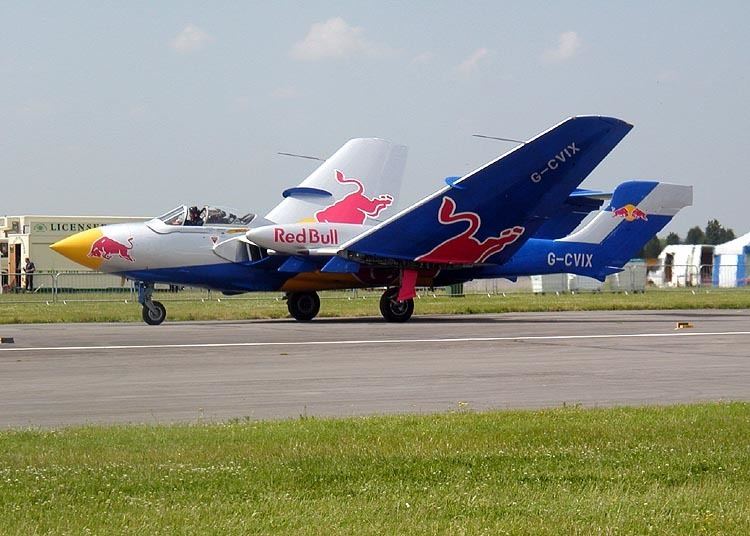 | ||
Taxiing, also sometimes written "taxying", is the movement of an aircraft on the ground, under its own power, in contrast to towing or push-back where the aircraft is moved by a tug. The aircraft usually moves on wheels, but the term also includes aircraft with skis or floats (for water-based travel).
Contents
An airplane uses taxiways to taxi from one place on an airport to another; for example, when moving from a terminal to the runway. The term "taxiing" is not used for the accelerating run along a runway prior to takeoff, or the decelerating run immediately after landing.
Propulsion
The thrust to propel the aircraft forward comes from its propellers or jet engines. Reverse thrust for backing up can be generated by thrust reversers such as on the Boeing C-17 Globemaster III, or reversible pitch propellers such as on the Lockheed C-130 Hercules. Most aircraft, however, are not designed to back up on their own and must be pushed back either by hand or by using an aircraft tug.
At low power settings, combustion aircraft engines operate at lower efficiency than at cruise power settings. A typical A320 spends an average of 3.5 hours a day taxiing, using 600 litres (160 US gal) of fuel. Hybrid electrically driven nosegear are under development to allow high use aircraft to shut down the engines during taxi operations.
Electric taxiing was invented by Delos Aerospace and patented in the US in 2007. Electric taxiing will significantly reduce aircraft fuel burn which is estimated to be as high as 27% of total fuel burn for a 90-minute flight where waiting in queue adds to the time on the ground. Also tire pre-spin allows for reduced impulse stress applied to the main landing gear thus extending useful lifetime for the main landing gear, and reduces tire wear, while improving passenger comfort.
Control
Steering is achieved by turning a nose wheel or tail wheel/rudder; the pilot controls the direction travelled with their feet. Larger jet aircraft have a tiller wheel on the left side of the cockpit that acts as a steering wheel allowing the nosewheel to be turned hydraulically. Braking is controlled by differential toe or heel brakes. Not all aircraft have steerable wheels, and in some cases steering is solely by means of differential braking (all Van's aircraft for instance) or solely by means of the rudder (including all floatplanes).
Hover taxi
Skid-equipped helicopters and other VTOL (Vertical Take-Off and Landing) aircraft conduct hover taxiing to move in ground effect in the same manner that wheel-equipped aircraft ground taxi. In general hover taxis are conducted at speeds up to 20 kn (37 km/h), or below translational lift.
The Bell CH-135 Twin Huey is hover taxied in a manner typical for skid-equipped aircraft of that size:
Safety
When taxiing, aircraft travel slowly. This ensures that they can be stopped quickly and do not risk wheel damage on larger aircraft if they accidentally turn off the paved surface. Taxi speeds are typically from 5 to 20 knots (9 to 37 km/h; 6 to 23 mph).
Rotor downwash limits helicopter hover-taxiing near parked light aircraft.
The use of engine thrust near terminals is restricted due to the possibility of jet blast damage.
